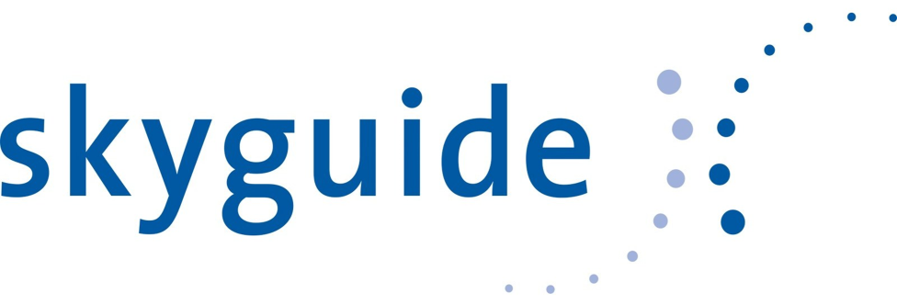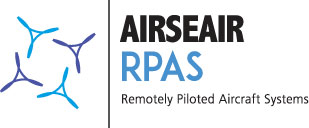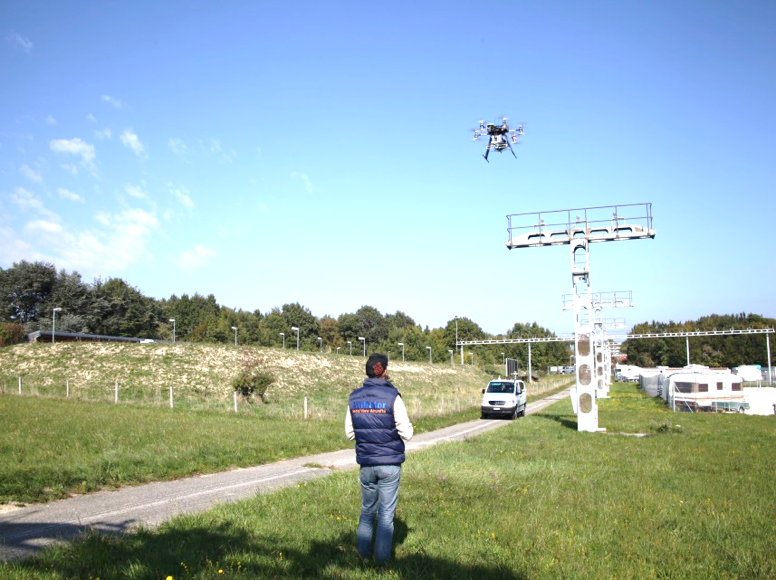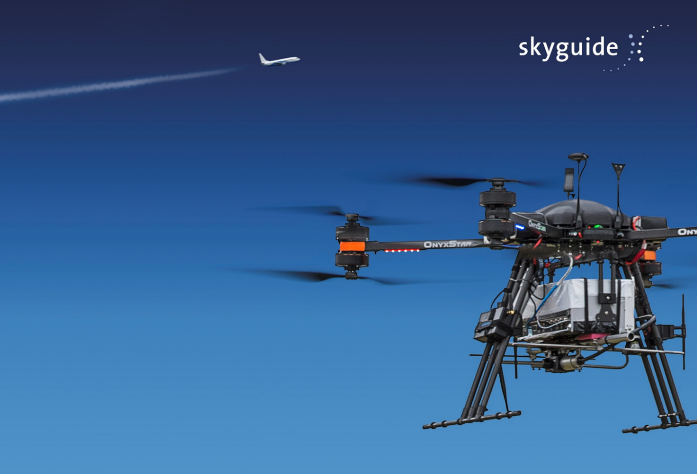

Important step in problem solving and substantial improvements to the navigation aids certification processes
Problematic
Several States at the level of the Civil Aviation Authority (CAA) and at the level of Air Navigation Service Providers (ANSP) face numerous challenges with regard to meeting ICAO standards in radio navigation aid certification.
Challenges resulting from the low availability of manned aircraft equipped with inspection consoles, the number of existing radio navigation aids, the periods established for their certification, the long flight time required for the certification process and, additionally with the aggravation of the pandemic, significant budgetary limitations in view of the high operating costs of certification missions.
Some radio navigation aids have even been expanding their certification, based on technical concepts issued by the maintenance managers themselves, without considering correlation data between ground and flight measurements, or the effects of the influence of near- and far-field environments on the navigation signals recommended by ICAO, which we will mention in a general view below.
ICAO SARPS
Extension of NavAids flight inspection intervals
ICAO document 8071, “Manual on Testing of Radio Navigation Aids, Volume I — Testing of Ground-based Radio Navigation Systems” provides guidance on the scope of tests and inspections performed to ensure that radionavigation systems comply with the SARPs in ICAO Annex 10. The document in its paragraph 1.15 “Ground and Flight Inspection Periodicity”, suggests periodicities for various flight tests and proposes the possible extension of these intervals based on several criteria, including:
- good correlation between concurrent ground and airborne results;
- a record of independent monitor test results;
- the influence of near- and far-field environments on the signals.
These three aspects place the same or similar weight in both ground and fly testing. Therefore, developing and using modern and accurate field measurement techniques in terms of repeatability, resolution and far-field signal-in-space (SIS) capability for radio navigation aids, becomes of vital importance to implement and get approval for extension of flight intervals.
Role Independence
The ICAO document 9734, Safety Oversight Manual Part A – The Establishment and Management of a State Safety Oversight System (SSO), presents the characteristics that a SSO must have to be efficient and sustainable.
It is important to highlight in the case of the radio navigation aids certification processes following the recommendations of ICAO document 8071 and especially for those States where both the Aeronautical Authority and the Air Navigation Service Provider are incorporated in the same institution, the following consideration from ICAO document 9734:
2.3.4 When the State is both the regulatory authority and service provider (e.g. an air traffic service (ATS) provider, aerodrome operator, air operator, manufacturer or maintenance organization), the requirements of the Convention will be met, and public interest be best served, by a clear separation of functions and responsibilities between the regulatory authority and the service provider. The approval, certification and continued surveillance procedures should be followed as though the service provider were a non-governmental entity.
Within the safety oversight, the profile of the CNS inspector, and more specialized inspector N, is relatively new; therefore, many States do not have the necessary personnel, nor are they very familiar with this surveillance figure, as they are already well defined for AIR, OPS and LIC aspects. Said situation has been generating in some cases, the aforementioned inconsistencies of radio navigation aids certification extensions without complying with all the standards, based mainly on technical concepts issued by the personnel in charge of NavAids maintenance.
New technologies

Given the advances in Remotely piloted aircraft systems (RPAS) and their use for Radio navigation aids inspection in several States, the ICAO document 8071 “Manual on Testing of Radio Navigation Aids”, Volumen I Testing of Ground-based Radio Navigation Systems, in its most recent version Fifth Edition, 2018, already incorporates in numeral 1.18 the use of RPAS systems for ground tests of Radio navigation aids.
RPAS, as in many other fields of economics and development, in this direct case of the aviation field becomes an effective support system for problem solving and process improvement.
The radio navigation aids signal measurement systems mounted on a RPAS are the ideal technique to cost-efficiently measure ILS and VOR signals in the far field, at the distances and heights where the resulting spatial modulation for the navigation signal is generated.
The installation of SIS inspection systems in RPAS allows expanding the scope and possibilities of ground measurements, providing benefits both to the Air Navigation Service Provider, as well as to the Aeronautical Authority in the certification and extension of certification periods for radio navigation aids, including:
ANSP benefits
The possibility of measuring signals in the far field provides technicians with possibilities and facilities for preventive and corrective maintenance of radio navigation aids that they did not have previously, thus supporting their work to be much more efficient and effective.
The setup of the radio navigation aids with high precision and correlation with the same signal that the certification console will receive, ensures a high probability of certifying the systems without repetition of flights of the manned inspection aircraft.
The concrete solutions allow also significant savings for various external cost, and internal staff workload reduction.
CAA benefits
The radio navigation aids inspection systems mounted on RPAS provide support to safety oversight activities, through the possibility of measuring and recording parameters of the far-field navigation signal as received by users of the navigation service, with systems independent from the radio navigation aid itself and similar to the receivers of the users of the service.
Solutions

In line with the related importance of these systems and the criticality of the measurements they provide in the case of their use for decisions to extend the certification periods of radio navigation aids, it is essential, as corresponds to our aviation field, to use systems highly developed and tested with sufficient statistical and traceability data regarding its operation and use.
Skyguide, the provider of air navigation services in Switzerland, is a leader in the development and use of mobile inspection systems for the maintenance, setup and certification of radio navigation aids, capitalizing under this figure of payload in a RPAS, systems that they have been developing and using for more than 10 years for the measurement of radio navigation aid signals in the field.
Flight hours reduction
The use of the system developed by skyguide to measure radio navigation aid far-field signals and which has been operationally in use mounted on RPAS for almost three years, has allowed a 50% reduction in the number of manned aircraft flight hours for radio navigation aids calibration and certification in Switzerland, resulting from the aforementioned “Benefits – ANSP”
Additionally, once the approval of the extension of NavAids flight inspection intervals is obtained from the Aeronautical Authority, recertifying them with the skyguide RPAS radio navigation aids inspection system, there would be a reduction of the order of 70% in flight hours of the manned aircraft for NavAids certification.
Additional benefits of the RPAS CNS skyguide solution
Along with the reduction of flight hours for the manned inspection aircraft and the extension of the radio navigation aids certification periods with said aircraft, there are multiple additional benefits derived from the use of the skyguide RPAS inspection system, such as:
- Reduction of airport and airspace closures due to radio navigation aids certification work
- Reduction of carbon emissions and noise pollution (around 1434 kg of CO2 per hour *Switzerland case)
- Greater availability and effectiveness in the use of the certification aircraft
- Modernization of navaid maintenance methods
- Reduction of operational costs (more than 50%)
- Less time in operation (10 minutes of drone flight time + preparation, per navaid)
- Safety improvements
- New advances in measurement techniques
- Technological development
The flight inspection system to support the maintenance, setup, calibration and certification of radio navigation aids is a skyguide’s product developed and tested by CNS field engineers for CNS field engineers. The system, in addition to arriving as an effective solution to the mentioned problems existing in several States, generates the listed additional benefits that, due to their scope, they could be a subject for a next article.
For comments and interest in expanding the information and related systems in this article, please refer them to Mr. John Cortes, Operations VP, Airseair RPAS Inc., jcortes@airseairrpas.com.
Important step in problem solving and substantial improvements to the navigation aids certification processes Problematic Several States at the level of the Civil Aviation Authority (CAA) and at the level of Air Navigation Service Providers (ANSP) face numerous challenges with regard to meeting ICAO standards in radio navigation aid certification. Challenges […]
